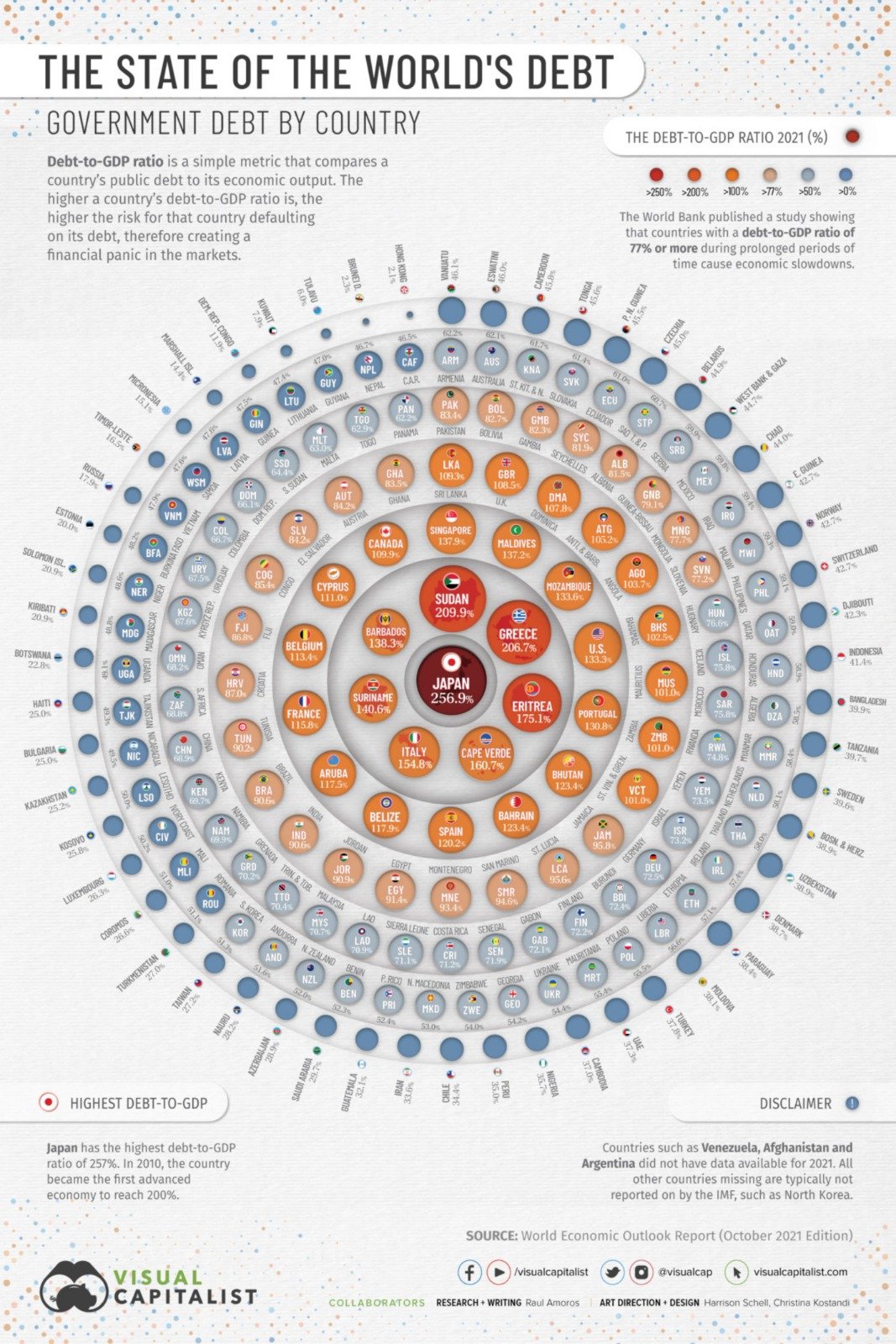Written by Anika Srinath
Healthcare is a basic necessity that consistently seems just out of reach for those in difficult financial situations. However, there are often a variety of environmental and societal factors apart from economic status that also pose barriers in accessing healthcare. There are about 154 million people worldwide currently living on the street (Brannon, 2019), all of whom are facing insecurity in multiple areas of their lives. Furthermore, living on the streets exposes these individuals to a plethora of dangerous health conditions that they cannot seek treatment for. Yet, it is important to realize that each country operates in very different ways, and people living on the street in the US will face a vastly distinct medical experience from those without homes in Spain.
“One phrase full of truth I heard when I was younger, which didn’t sink in until my state of homelessness, was ‘poverty kills.’”
The founder of Homeless Entrepreneur, Andrew Funk, experienced homelessness in Barcelona. His living situation exposed him to specific health conditions that he likely could have avoided had he been in a better economic situation. For instance, since he could not afford public transportation or a car, he would walk every day for hours on end, which led to painful knee problems. When he attempted to seek treatment for his pain, he found that private healthcare unaffordable and public healthcare inefficient. A steep economic barrier both caused and prevented treatment for a severe physical health issue, and this situation is not unique to one person, and in fact is quite common worldwide.
Ramon Feiner, a man who experienced homelessness for over 15 years in Tarragona, emphasized the importance of the climate on health. After he found himself without a roof to sleep under, he was forced to leave his hometown of over 30 years as it was high above sea level and not realistic to sleep in the street. He decided to move to a town closer to the seaside where the outdoor climate was more comfortable. In general he did not struggle with serious health issues, except for once when he had to go to an urgent care center. Afterwards, he recovered his strength in an evangelist center where he received food, housing, and a daily activity to stay occupied. He stayed in the center for about two to three months before returning to his life on the street.
Feiner’s story reveals the gaps in the Spanish public healthcare system. Though he was able to receive urgent medical attention, there was no follow-up and he was left to complete his recovery on his own. However, religious organizations were able to fill the gap and provide him with a place to rest and recuperate. Government facilities are not sufficient for providing those in poverty with adequate medical care, and private organizations are needed to support public care. Fortunately, Feiner does not recall any other major health conditions, and even noted that his time on the street boosted his immune system and he is not less susceptible to various illnesses.
“I’ve seen that even when homeless individuals enter the system, it can be challenging to provide healthcare without stable housing.”
Madison Rubert, a marketing and communications specialist dedicated to social change, commented on the populations that lack access to healthcare in the United States. She noted that availability of medical services appeared to be related to zip code, with less access to healthcare in the neighborhoods that were mainly composed of minorities that earned below 30% of the annual mean household income per zip code. Furthermore, as mentioned in the above quote, homeless people require stable housing in order to acquire adequate healthcare. For this reason, she states that a vital step is to provide individuals on the street with supportive and permanent housing in order to help them access medical attention. She also provided a sense of the scope of the issue with the grave observation that the middle class continues to shrink, and that many middle class people can no longer afford the costs of high-quality healthcare. This is in heavy contrast with Spain, in which there is a large public sector of healthcare that provides medical services for free, although it may be slower than private care.
The president of the Colorado Coalition for the Homeless, John Parvensky, noted the major issues that lead to the disproportionate rates of health conditions faced by those on the streets in the United States. According to Parvensky, the biggest issue those in poverty face is a lack of affordable housing, thus forcing them to live in the streets in harsh weather conditions that expose them to specific illnesses. This was seen in Funk’s story, in which he mentioned how his life outdoors resulted in severe knee issues that he was unable to seek treatment for. Parvensky then stated that the next most major issues impacting the health of the homeless are ineffective behavioral health services, addiction, and domestic violence. Thus, Parvensky indicates that many people who are homeless likely suffer from mental conditions that they were unable to receive help for, and that life on the streets exposes those in poverty to an increased occurrence of drug addiction and domestic violence.
In Australia, Street Side Medics noted that common health conditions for those experiencing homelessness are mental illness, substance abuse, and chronic conditions. In terms of barriers homeless people face in accessing healthcare, beyond financial difficulties, homeless people may also not be aware of the services they can access. Furthermore, stigma about their health condition and living situation as well as distrust in the healthcare system block homeless people from seeking medical care. Finally, a significant barrier found in providing healthcare services to those experiencing homelessness is a lack of communication between health and homeless services. Though this article about common illnesses and barriers specifically focused on the homeless population in Australia, it is likely that homeless people around the world face similar illnesses and barriers. Parvensky had also noted that common conditions faced by homeless people in the US are mental health issues and substance abuse. Lack of awareness and sense of shame are common factors that alienate people from the healthcare field. There is rarely proper coordination and funding for welfare programs meant to serve the poor. Around the world, there is still much work to be done before society reaches a point in which all populations can receive equitable medical care, regardless of their income level or living situation.
*Thank you for reading this article! If you would like to contribute your thoughts, pictures or videos to this article or believe you have found mistakes and/or misinformation, please contact us and tell us about it by clicking on the button next to this text, so we can take your feedback into consideration.










